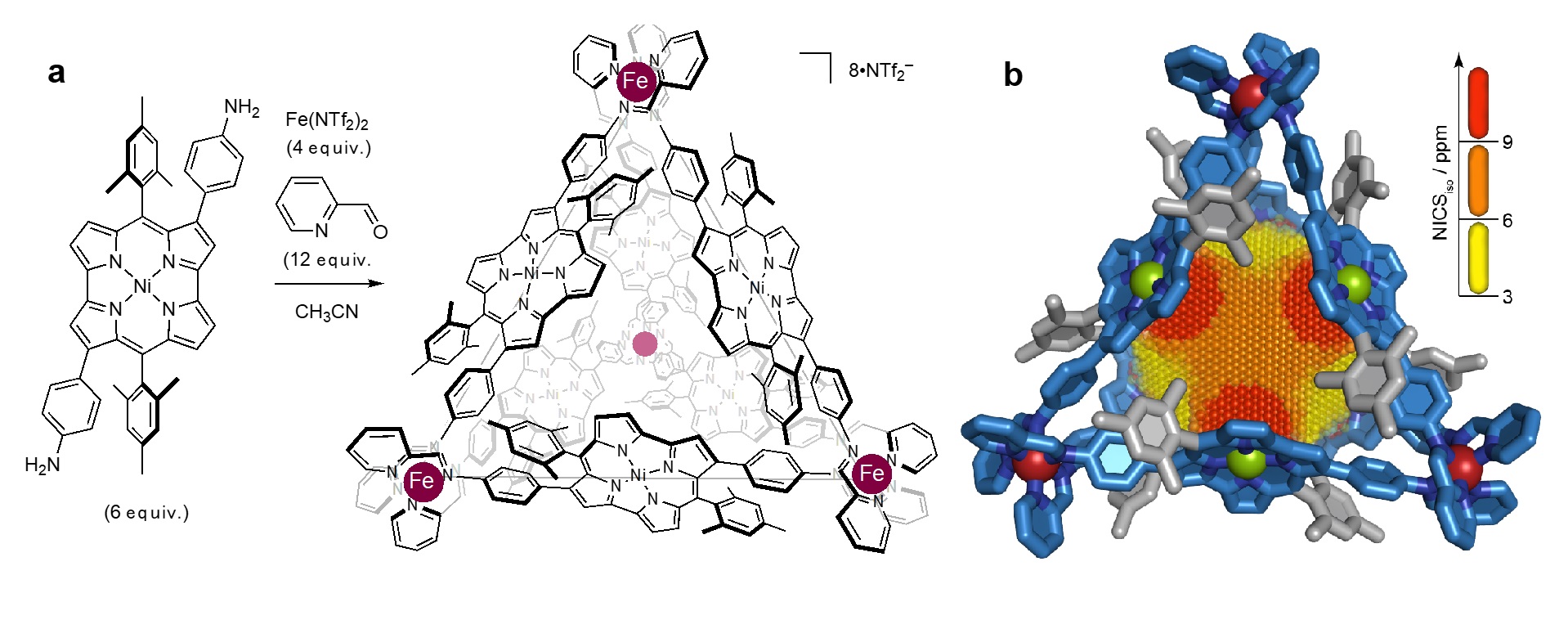
Figure 1. Chemical structure of an antiaromatic-walled nanospace. (a) construction of antiaromatic-walled nanospace. (b) X-ray crystal structure with a 3D NICS grid, showing magnetic deshielding experienced within the nanospace. Antiaromaticity effects becomes stronger in the order of yellow < orange < red color.

(From left to right) Brookhaven computational scientist Shinjae Yoo (principal investigator), Brookhaven physicist Chao Zhang, and Stony Brook University quantum information theorist Tzu-Chieh Wei are developing deep learning techniques to efficiently handle sparse data using quantum computer architectures. Data sparsity is common in high-energy physics experiments.